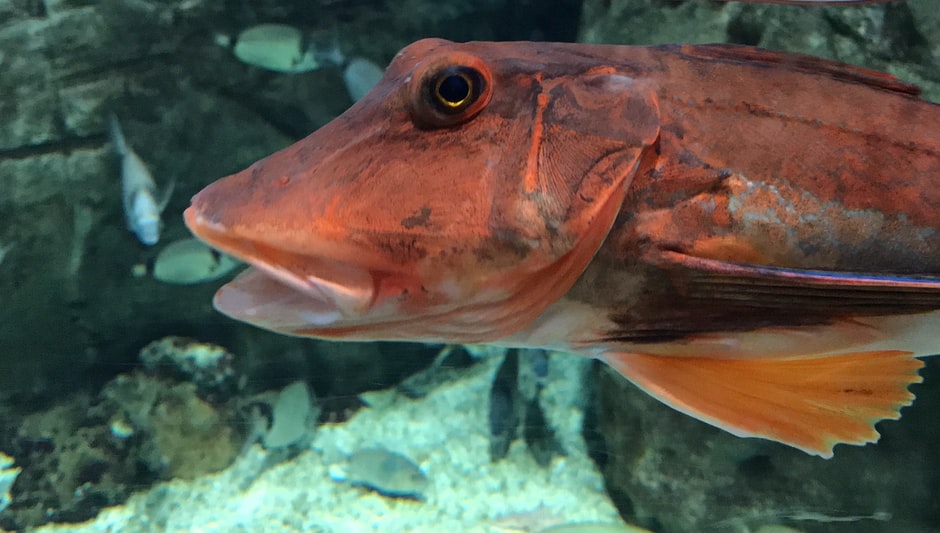Most tropical fish live for an average of three to five years, while goldfish can live up to 20 years. The cousins of the goldfish are able to live up to 10 years in the wild.
Table of Contents
Can fish live for 100 years?
The coelacanth — a giant weird fish still around from dinosaur times — can live for 100 years, a new study found. The slow- moving, people-sized fish of the deep are different from the live-fast, fast-living fish we’re used to seeing in the ocean today. “Living fossils are rare, but they’re not unheard of. But this is the first time scientists have found a living fossil of a fish that lives for more than a century.
And it’s not just any old fish, either. It’s the largest living fish known to science, with a body length of about 1.5 meters (5 feet) and a girth of up to 1 meter (3 feet), according to the study, which was published online today (May 16) in Science Advances.
Can a fish live for 12 years?
Neon tetras, angelfish, Oscars, and plecostomus are some fish that will be around for 10 years or more. The goldfish is the longest living freshwater fish. If provided proper feeding and a clean, healthy environment, these fish can live as long as 20 years.
The best way to determine the length of your fish’s life is to keep track of how much they eat and how often they are fed. This will give you an idea of the amount of time it will take for the fish to reach its maximum size.
Can fish live for 30 years?
It is not surprising that fish have the longest and shortest lifespans. Goldfish have been reported to live as long as 30 years in captivity and have a typical lifespan of 6-7 years. In the wild, the average lifespan for a fish is around 10 years. However, some species can live up to 20 years or more.
This is due to the fact that most fish live in the water for only a few months at a time, so they don’t need to eat as much to maintain their weight. In fact, many species of fish are able to survive on just a single meal a day, which is why they are often referred to as omnivores.
What is the oldest fish?
The world’s oldest living aquarium fish is believed to be located at the California Academy of Sciences. One of the oldest known living fish is an australian lungfish called methuselah. The fish, which was first discovered in Australia’s Great Barrier Reef, was discovered by a team of researchers from the University of Western Australia and the Australian National University.
It was named after the biblical figure who was said to have lived in a cave on the island of Samothrace in what is now modern-day South Africa, according to the Daily Mail.
[See Photos of The World’s Oldest Living Fish] “It’s amazing to think that this fish has lived for more than 100 million years, and that it’s still alive today,” study co-author and UC Davis professor of ecology and evolutionary biology David Evans told Live Science in an email.
How do fishes sleep?
While fish do not sleep in the same way that land mammals sleep, most fish do rest. According to research, fish may be less active and less alert to danger. Some fish float in place, others wedge themselves into a secure spot in the mud or coral, and some even locate their food by smelling the water.
In the wild, fish are usually found in groups of two or three, but in captivity they can be as large as 20 or 30 individuals. They are also often fed a high-fat diet, which can cause them to lose weight.
Do human fish exist?
The olm, a foot-long salamander nicknamed “the human fish” because of its fleshy skin and tubular shape, is certainly a strange-looking animal. Olms can live for 100 years, which is far longer than any other amphibian. Scientists don’t know why they live so long, but they suspect it has something to do with the fact that their skin is made of the same molecule found in human fingernails and toenails.
Olms have been around for a long time. They were first described in the 18th century by the French naturalist Jean-Baptiste Léopold Trouvelot, who described them as “a kind of fish with a human face.” The name stuck, and the species has since been found all over the world, including the United States, Europe, Australia, South America, Africa, Asia and Australia.
